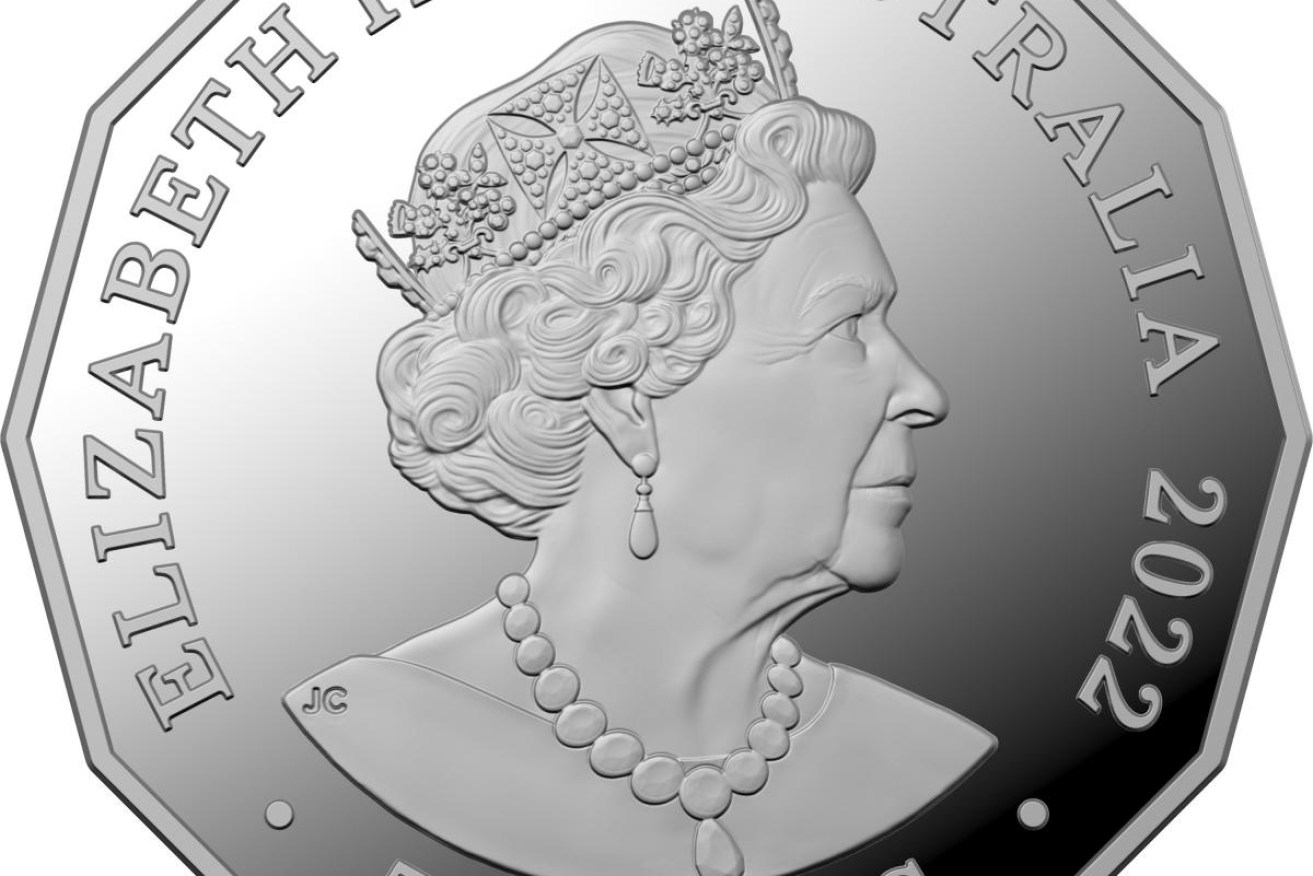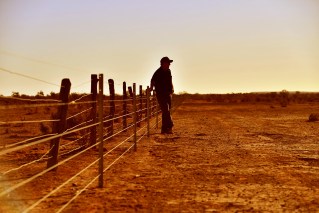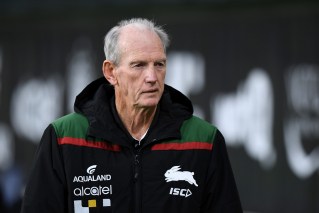In a world without Her Majesty, even the coins will look the other way
Australian coins of the future are likely to feature the head of King Charles III facing the opposite way to his late mother’s.

But they will circulate alongside each other in a sort of mother-and-son currency double act.
A west-facing Charles III would continue a royal tradition, said to have started under Charles II from 1660, where the the new monarch faces the opposite direction to their predecessor in their profile portrait on coins.
Since her coronation in 1953, six likenesses of Queen Elizabeth II have appeared on the obverse side of Australian coins, the last of them struck in 2018 and all facing right.
The only exception to the “about face” convention was the coinage of Edward VIII, who insisted on his profile facing left.
“It is not clear whether this was an expression of rebellion against convention, or vanity, to show what he regarded as his better profile, containing his hair parting,” according to John Richardson, of Britain’s Open University.
“It was nevertheless determined that designs for the coinage of George VI, his successor, should be prepared as if that of Edward VIII had … depicted him facing right, thus reinstating the original tradition.”
Those involved in the lengthy and complex processes of producing Australia’s currency won’t say how quickly the image of King Charles might appear.
But coins and the $5 note bearing his mother’s image won’t vanish overnight.
While the Australian Mint produces the nation’s coins, responsibility for all aspects of the production and issue of Australian banknotes rests with the Reserve Bank of Australia.
And it’s clear that as far as the $5 note is concerned, we will have a choice for some time between a new Charles III and a late Elizabeth II.
“The monarch has traditionally appeared on the lowest denomination of Australian banknotes and it is our expectation that this would continue should there be a change in the monarch,” a spokeswoman for the RBA said.
The Queen made the transition to decimal currency in 1966, when she first graced the now-discontinued $1 paper note, and has long featured on the $5 polymer note.
“All Australian banknotes issued from 1913 retain their legal tender status,” the RBA spokeswoman said.
If Charles III does appear on notes any time soon, it’s a fair bet the planning started many moons ago because making money costs a lot of money – and time.
The RBA’s latest suite of polymer notes – called the NGB (Next Generation of Banknotes) program – took 10 years and $37 million to complete, ending with the $100 bill in 2020.
The notes, mainly introduced to stymie counterfeiters, are printed in Melbourne by the RBA’s wholly-owned subsidiary Note Printing Australia, and undergo no fewer than 13 production processes.
New $5 notes featuring King Charles’ head will also likely continue to bear some of the complex security traits of existing notes, including 3D and moving imagery, a tactile feature for the visually-impaired, colour changes, micro-printed lines from the constitution and fluorescence under UV light.
Coins are the responsibility of the Treasurer, under the 1965 Currency Act, and manufactured by the Royal Australian Mint. It has produced more than 15 billion coins since being opened by the new monarch’s late father, Prince Philip, in 1965.
Australia won’t be the only nation in the Commonwealth facing the prospect of introducing new designs on its coins and notes.
Queen Elizabeth II has appeared on the currency of more than 30 countries, the first being Canada’s $20 note in 1935, when she was only nine years old.
She is still likely to be in circulation somewhere, a century later, and well after her death which was announced on Friday at the age of 96.












